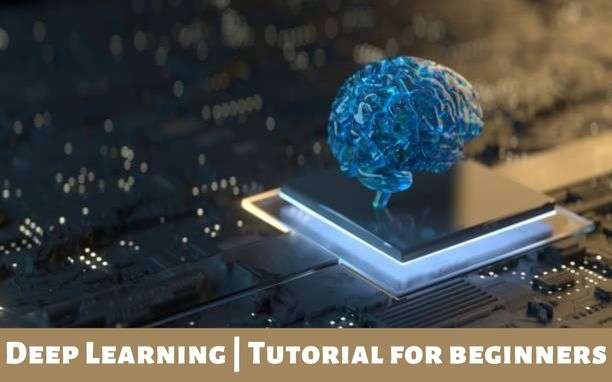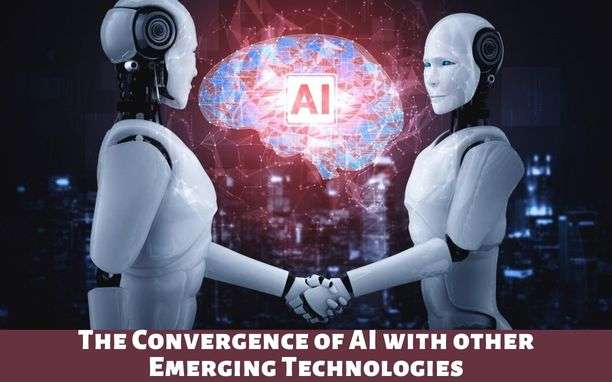Deep learning is a field of machine learning that is about teaching computers to learn things for themselves without being programmed. It is one of the most exciting areas of modern technology. With its potential to reshape the world as we know it, the need for more knowledge and understanding has never been higher.
Deep learning is a branch of machine learning which teaches computers to perform certain tasks without explicitly being told how to do them. If you haven’t heard about deep learning yet, that’s not surprising. This technology is still very new and many people are still trying to wrap their heads around how it works. Even though the term deep learning sounds intimidating, it isn’t too difficult to learn how to apply deep learning to your projects.
This step-by-step tutorial will teach you about Deep Learning in an easy way. This is a field where AI is applied to machine learning problems. This tutorial shows you the exact way to learn it!
What is Deep Learning?
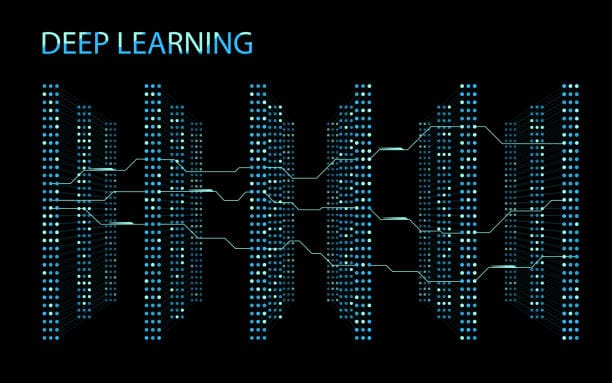
A brief intro to deep learning, the hottest new development in artificial intelligence. Deep learning is a type of machine learning that allows computers to perform functions once thought possible only for humans. The technology is used to train computers to perform a wide variety of tasks that require advanced analysis of data. The techniques of deep learning are often used to automate tasks that are too complex for regular, human-based approaches. The applications of deep learning are limitless and include language translation, object recognition, and facial recognition.
History of Deep Learning
Deep learning is not a new technology. It’s been around for many decades, but it’s only recently that the technology and techniques have become accessible to everyone. Deep learning has been around since 1980 and is based on the idea that any algorithm could be used to find patterns in data.
The first documented case of deep learning is the work of Yann LeCun in 1989, who used backpropagation, a neural network algorithm, to recognize hand-written digits. By the late ’90s, researchers had started using convolutional neural networks (CNN) and recurrent neural networks (RNN) to solve problems such as speech recognition, object recognition, and machine translation.
Applications of Deep Learning
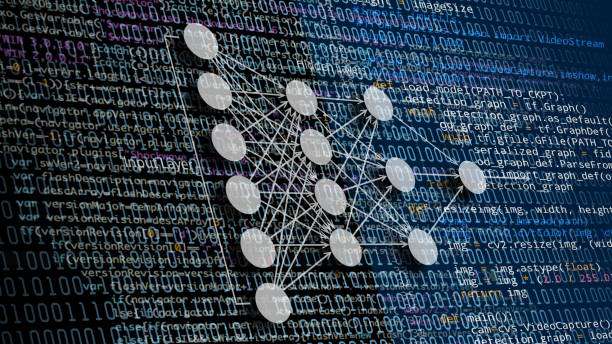
Deep learning is a class of algorithms for machine learning, inspired by how neurons in the brain are thought to work. The name deep learning comes from the fact that the algorithm learns multiple layers of representations from the data, starting with the raw pixels, moving on to abstract concepts, and eventually producing the desired output. Deep learning algorithms can be used for a wide range of tasks, such as speech recognition, object recognition, and even language translation.
Deep learning is an advanced form of machine learning. It has the ability to understand patterns and to find the relationships among the data. It is used in many fields, including computer vision, natural language processing, speech recognition, and so on. This type of technology has been around for a long time, but now it is getting more common because of its potential benefits. The use of computers has expanded into different areas of life, and it has changed the way we live. This technology is used in many ways, from providing medical care to helping us to keep track of our personal finances. Deep learning has the ability to recognize patterns and find the relationships between the data.
Why Deep Learning?
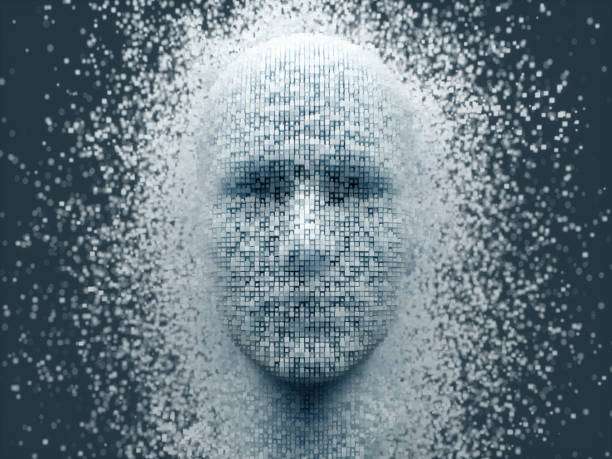
Many people think that deep learning is old-fashioned. However, it’s not really outdated. In fact, this technology has been around for a long time. When people first used computers, they used them to crunch numbers. For example, in the early days of the computer, programmers needed a computer to calculate the cost of manufacturing a product. With the advances in computing power, programmers can now use this technology to perform different tasks.
Deep learning is one of the most powerful tools in the field of computing. This technology is used to develop software that can be applied to problems that were previously not possible. Deep learning has changed the world of computing. The most important thing to remember is that deep learning is not a new concept. The most exciting part is that this technology is being used to solve some of the most difficult problems. There are so many applications of deep learning.
For example, the best way to get more customers is by increasing your social media presence. People use deep learning to make their websites mobile friendly. They also use it to optimize their SEO (search engine optimization) so that they can get more traffic.
How does Deep Learning Work?
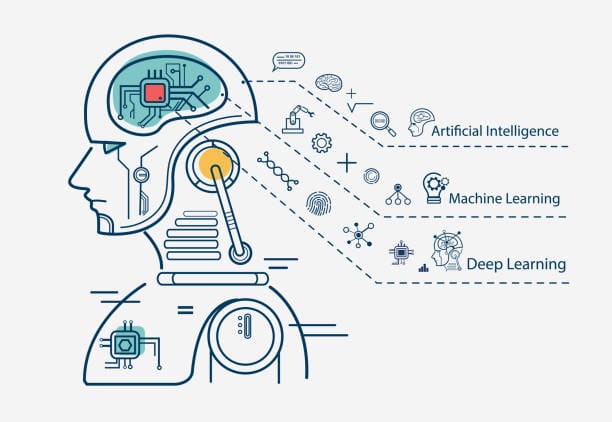
Let’s break down the science behind deep learning. Deep learning involves using deep neural networks (DNNs), which are inspired by the way neurons in our brains work, to solve problems. DNNs are layers of simple, interconnected neurons that take input data and learn patterns in that data that allow them to solve specific problems.
Deep learning uses multiple levels of abstraction to create complex representations of input data in layers of algorithms and hidden states. As the deep neural network learns, it creates abstractions that get better at processing images and speech.
One of the first applications of deep learning was image recognition, but now it is applied to speech recognition, natural language processing, and autonomous driving. When the network receives data from the environment, it creates a map of what is happening and what will happen in the future. The network learns what is normal, and identifies any abnormal behavior, such as traffic lights that turn red instead of yellow, or cars that change lanes unexpectedly. Deep learning networks can even learn to identify objects based on pictures.
Techniques of Deep Learning
Deep learning machines use data to learn. They are made up of layers of algorithms (neural networks) that are trained using data. To put it simply, deep learning models are neural networks that have been trained using data. These machines can learn by themselves.
“Deep learning” is a technique for training neural networks, models that are inspired by the brain’s ability to perceive and understand patterns in data. The techniques used for deep learning have been around for quite some time, but in recent years the methods and software have been refined and improved. These techniques have been used to create impressive results in areas such as image recognition, speech recognition, and game playing.
Building Blocks of Deep Learning
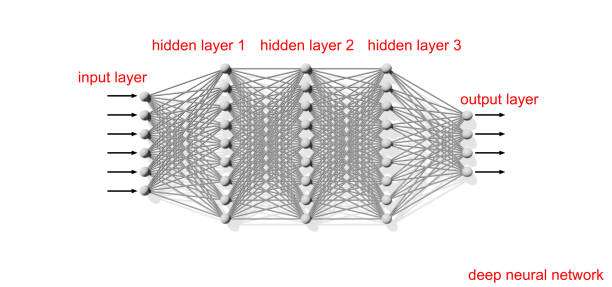
The deep learning neural network is composed of three layers. The first layer of the deep learning neural network is the input layer. In this layer, the input data is stored. The input layer represents the data and is the largest layer, usually containing between 1,000 to 10,000 neurons. The middle layer is called the hidden layer and is the layer where the actual algorithm takes place and consists of anywhere between 500 to 1,000 neurons. The output layer is the smallest and typically contains anywhere between 3 to 100 neurons. The output layer represents a classifier and is used to predict the category of the data in the input layer.
For example, if you have a data set consisting of five inputs, each of which has 10 values, then there would be a 10-by-10 matrix. The deep learning neural network uses a neural network and its training algorithm to train the weights and biases of the input layer. The hidden layer then applies the weights and biases to the input data and produces the output layer. This process is repeated until the weights and biases are correct.
Each neuron has an activation function, which is also called a unit. A typical neuron has three different types of units: sigmoid, linear, and softmax. A sigmoid unit is like a gate. This unit lets in the inputs to the neuron and keeps it open for the outputs. A linear unit is a mathematical equation that is used to connect the input and the output. The softmax unit is a type of activation function. In this case, the softmax function is like a filter. It lets only one value pass through and stops everything else.
1. Backpropagation Algorithm
The backpropagation algorithm is an efficient way of finding a function approximation through a large amount of training data. Backpropagation works by applying a learning rate to change the weights of the network. With each learning step, the weights change such that the network learns to approximate the target function or to minimize the error function.
2. Neural Networks
Neural networks are made up of lots of neurons, each connected to thousands of other neurons via synapses. Each neuron has a set of inputs and outputs, and each synapse connects a neuron’s input to another neuron’s output. In neural network models, synapses are either excitatory or inhibitory (as opposed to the binary yes/no of other networks). Excitatory synapses can transmit signals that cause the receiving neuron to become active.
a. TensorFlow
TensorFlow is an open-source software library that provides a framework for machine learning (ML) and artificial intelligence (AI). ML is the practice of using algorithms to automate many tasks of AI. TensorFlow is a framework that makes it easy to perform a lot of these tasks in a simple and efficient way. It’s a high-level interface to the lower-level operations required for ML.
b. Keras
The Keras software library for creating deep neural networks is an open-source library written in Python that allows users to create and train fully convolutional networks using TensorFlow. It also provides useful tools for managing network architectures. Keras allows users to train custom layers on top of a convolutional network that can provide additional functionality, such as image recognition and classification, or other image transformations.
3. Training Data
Training data is data that’s collected in a controlled, repeatable environment. The reason for collecting data is to train your algorithms. The idea is to use the data to help build models to predict behavior. These models can be used in real-time to suggest actions, such as making a purchase. When you collect training data, you’re building your own data set.
4. Evaluation Metrics
In the context of deep learning, evaluation metrics (EMs) are metrics used to evaluate the quality of the models during training. During the last couple of years, there has been an increasing interest in the usage of EMs for evaluating the model. Since there is no clear way of defining quality for a model in the case of deep learning, EMs are used to give an idea about the performance of the model. These metrics can be used in both supervised and unsupervised scenarios.
Conclusion
In conclusion, Deep learning is an emerging technology with a high level of interest. In the past few years, researchers have made impressive progress with deep learning, and have produced state-of-the-art results on a wide range of vision, speech recognition, language processing, and machine translation tasks.

